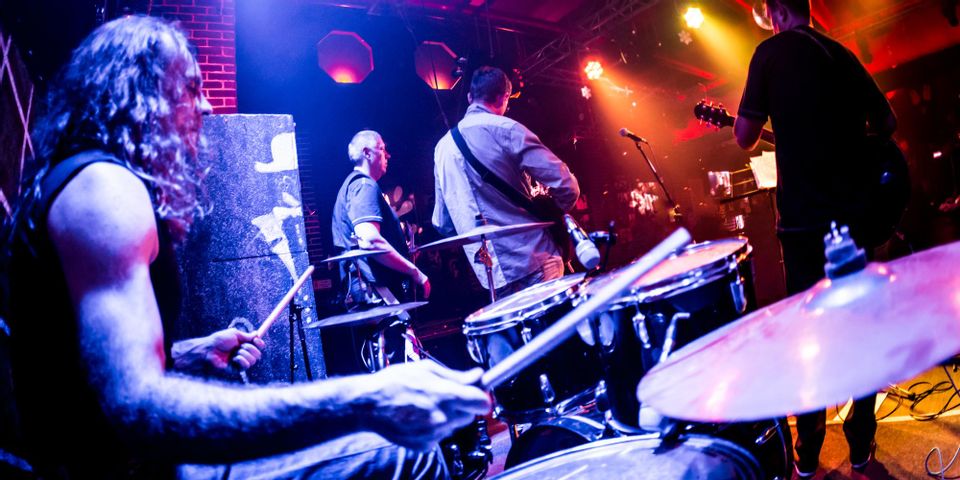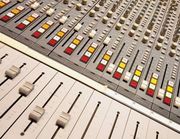How to Set Up Drum Audio for Concerts

Professional audio experts have in-depth knowledge of the proper microphone setup for live settings. However, beginners will find it challenging to mic a drum set correctly. Drums produce various sounds from each piece of the kit, so the wrong mic setup can result in a flat performance. Below are a few tricks to get a great beat for live shows.
3 Tips for Miking a Drum Set
1. Identify the Key Drum Kit Parts
Before setting up, consider the venue size. For instance, larger venues will have room for an elaborate setup, allowing you to mic your entire set. Smaller venues will have a limited number of audio channels, so go with miking the kick and snare to provide rhythms in this case. Then have an overhead mic to pick up other sounds.
In the instance you’ll have spare channels, add a mic for the hi-hat, followed by the toms. When you’re uncertain of how well the live mix will turn out, ask a professional audio engineer if putting two overhead mics will produce a full or balanced sound.
2. Pick the Right Mic
Microphones generally  come in two types, dynamic and condenser. Dynamic is excellent for producing massive, deeper sounds, thanks to the vibration from its diaphragm. When placed close to the kick and snare, these mics pick up low-end audio while rejecting tones from behind. For kick drums, choose a dynamic microphone that produces a solid bass sound with every kick. Pick a unidirectional mic for snares to get great audio from various mic placements.
come in two types, dynamic and condenser. Dynamic is excellent for producing massive, deeper sounds, thanks to the vibration from its diaphragm. When placed close to the kick and snare, these mics pick up low-end audio while rejecting tones from behind. For kick drums, choose a dynamic microphone that produces a solid bass sound with every kick. Pick a unidirectional mic for snares to get great audio from various mic placements.
Meanwhile, condenser mics use sound-sensitive capacitors instead of diaphragms, making them more sensitive in picking up sounds. Use this device for hi-hats, toms, and overhead setups to capture a more rounded rhythmic tone.
3. Know Where to Place the Mics
Proper mic placement plays a role in delivering the best live beats from drums. Most professional audio technicians have two mics, inside and outside, with their kick drums for robust sound.
The same goes for snares—one microphone up top is feasible, but you have to decide between pointing it directly at or away from the drum head for a deeper thump or more natural sound. As for overhead mics, know whether you want a full or narrow stereo image on stage, since it determines how much you can spread out your snare’s audio setup.
When you need help setting up drum mics for live performances, count on the professional audio experts of Claiborne Sharp Professional Audio. Based in Shreveport, LA, they specialize in high-quality audio installation for commercial, school, and church sound systems. Call (318) 861-5953 to speak with a trained sound technician today or learn more about their services online.
About the Business
Have a question? Ask the experts!
Send your question

